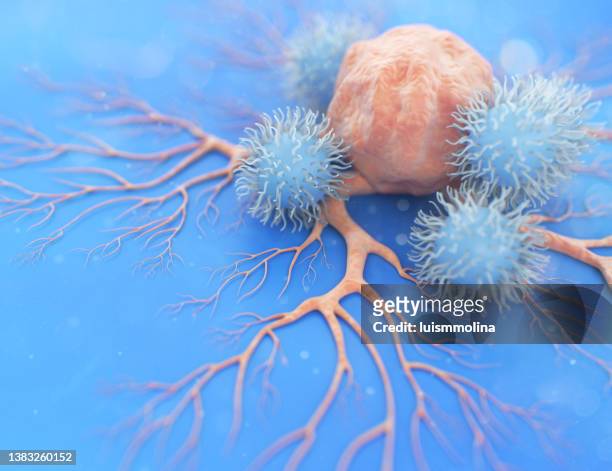Cancer Metastasis
The Stealthy Progression: Exposing Cancer Spread
One of the main causes of cancer’s lethality is its capacity to metastasize, or travel from its original organ to distant organs. Cancer is a powerful enemy. It is essential to comprehend how cancer cells spread in order to create therapies that work and enhance patient outcomes. This blog explores the intricate series of circumstances that permit cancer to spread from its original site.
Cancer Metastasis
Table of Contents

Metastasis: From Localised Growth to Distant Invasion: The Essential Features
Cancer Metastasis
The progression of cancer is not a single step. There are several distinct steps involved in metastasis:
- Local Invasion: Cancer cells first enter surrounding healthy tissues by breaking through the basement membrane, a small barrier that separates tissues.
- Intravasation: After that, cancer cells become circulating tumour cells (CTCs) when they reach the lymphatic or circulatory systems.
- Dissemination: CTCs get to distant organs by passing via lymphatic or blood arteries.
- Extravasation: CTCs stick to the blood vessel endothelium (lining) in a new organ after leaving the circulation.
- Colonisation: Once inside the newly formed organ, invasive CTCs multiply and give rise to secondary tumours, or metastases.
Cancer Metastasis
These actions demonstrate the cancer cells’ extraordinary durability and adaptability. They acquire the capacity to separate from the main tumour, withstand hostile conditions inside the bloodstream, and colonise new areas.
Planning the Retreat: The Molecular Foundations of Metastasis
Cancer Metastasis
The intricate dance of metastasis is arranged by a number of elements, such as:
- Genetic Modifications: Cancer cells are better prepared for the metastatic process when they have mutations in genes that control cell adhesion, motility, and survival.
- Epithelial-Mesenchymal Transition (EMT): In this transitional state, normal epithelial cells acquire invasive and migrating characteristics, resembling mesenchymal cells.
- Signalling Pathways: Metastasis is facilitated by the activation of particular signalling pathways, such as those involving growth factors and their receptors.
- The Tumour Microenvironment: The surrounding cells and signalling molecules that make up the tumour microenvironment can promote angiogenesis, or the development of new blood vessels, and suppress immune responses, which can aid in metastasis.
Comprehending these variables is essential for formulating tailored treatments that endeavour to impede particular phases in the metastasis cascade.
The Microenvironment’s Function in the Seed and Soil
Cancer Metastasis
The appropriateness of the target organ, sometimes known as the “soil,” is just as important to the success of metastasis as the characteristics of the cancer cells. The distinct microenvironments seen in each organ can help or inhibit the formation of metastatic tumours.
Metastasis, for instance, might be facilitated by certain chemicals or the presence of particular immune cells within an organ. On the other hand, a hostile microenvironment in other organs might prevent the proliferation of metastatic cells.
Investigations studying the interactions between cancer cells and their surroundings are yielding important information on possible treatment approaches. Improving treatment results may be possible by modifying the soil to make it less conducive to metastasis.
Difficulties and Hope: Preventing the Metastatic Spread Metastasis is still a significant obstacle in the treatment of cancer. To stop or postpone metastasis, early primary tumour detection and therapy are essential. But even when the major tumour is successfully treated, cancer cells may still be dormant and continue to spread years later.
Notwithstanding the obstacles, notable advancements have been achieved. Novel treatments aim to stop particular stages in the metastatic cascade, like angiogenesis or CTC extravasation. Furthermore, in order to reduce the tumour microenvironment’s susceptibility to metastatic colonisation, researchers are looking for ways to modify it.
Closing: Revealing the Mysteries of Distribution
Cancer Metastasis
Comprehending the intricate process of metastasis is crucial in order to devise efficacious tactics to counter this hallmark of advanced malignancy. Through the dissection of the cellular relationships and molecular processes implicated, scientists are clearing the path for a time when metastasis won’t be fatal.


